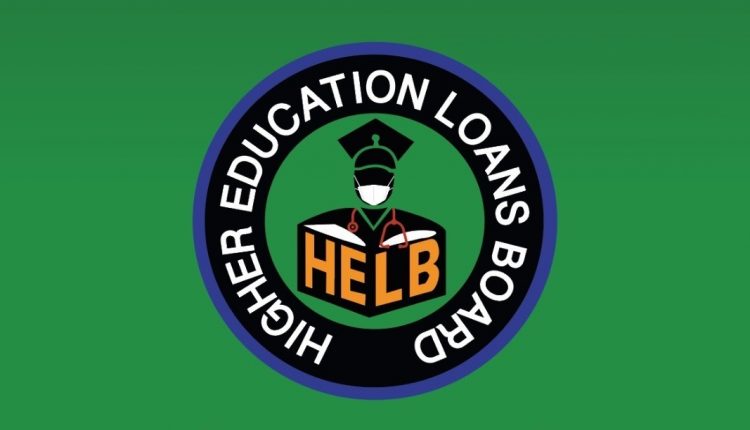38,314 more former university students have defaulted on their Higher Education Loans Board (HELB) financing in the 10 months to October as the global COVID-19 pandemic triggered sacking of employees, closure of businesses, and a reduction in hiring.
HELB data revealed in Parliament on Wednesday shows defaulted loan accounts have risen from 116,642 from the 78,328 recorded in December last year.
This shows the struggle faced by HELB beneficiaries who used to make payments through the amount on their payslips and money from their businesses for those who employed themselves.
Because of this, over sh. 11.3 billion is in default out of the 45.5 billion student loans. This means HELB has a non-performing ratio of 24.8 percent. This statistic is 13.6 percent more than the banking average.
“The total mature outstanding debt is Sh. 45.5 Billion held by 323,666 loanees out of which 207,024 are repaying the loans they have at the moment that are worth sh. 34.2 billion,” revealed HELB chief executive Charles Ringera.
Kenya was forced to follow the lead of other countries that recorded COVID-19 cases to impose a lockdown that included a night curfew daily in order to mitigate the spread of the coronavirus.
The imposed conditions meant that just like the rest of the world affected by the novel coronavirus, led to an economic recession, for the first time in 12 years. Kenyans also lost 1.72 million jobs and this affected the flow of money in an economy that was affected by the substantial reduction in employment.
At the beginning of this year, HELB said that they were pursuing 78,328 defaulters who were holding Sh. 7.7 Billion as of the date December 31, 2019.
HELB data revealed in Parliament on Wednesday shows defaulted loan accounts have risen from 116,642 from the 78,328 recorded in December last year.
This shows the struggle faced by HELB beneficiaries who used to make payments through the amount on their payslips and money from their businesses for those who employed themselves.
Because of this, over sh. 11.3 billion is in default out of the 45.5 billion student loans. This means HELB has a non-performing ratio of 24.8 percent. This statistic is 13.6 percent more than the banking average.
Read also:
“The total mature outstanding debt is Sh. 45.5 Billion held by 323,666 loanees out of which 207,024 are repaying the loans they have at the moment that are worth sh. 34.2 billion,” revealed HELB chief executive Charles Ringera.
Kenya was forced to follow the lead of other countries that recorded COVID-19 cases to impose a lockdown that included a night curfew daily in order to mitigate the spread of the coronavirus.
The imposed conditions meant that just like the rest of the world affected by the novel coronavirus, led to an economic recession, for the first time in 12 years. Kenyans also lost 1.72 million jobs and this affected the flow of money in an economy that was affected by the substantial reduction in employment.
At the beginning of this year, HELB said that they were pursuing 78,328 defaulters who were holding Sh. 7.7 Billion as of the date December 31, 2019.



Comments are closed.